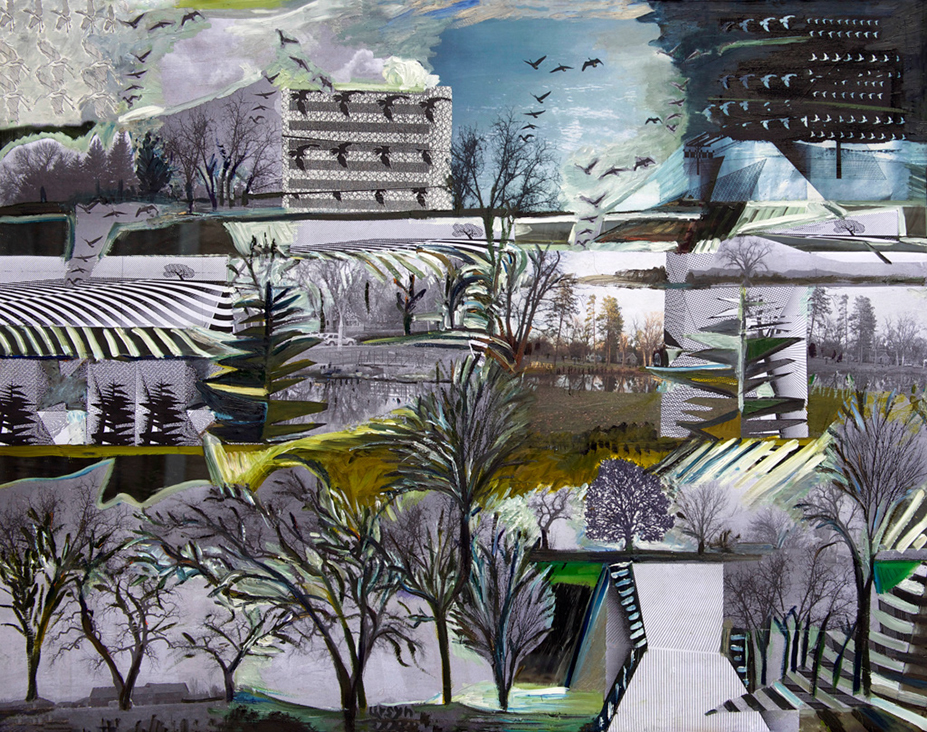Variations

Multi-functionality
Biologically inspired technologies enable us producing materials that make trees and lumber no more a basic, necessary resource. We need trees as a crucial part of our surroundings. Presence of trees in a landscape creates an enhanced richness duplicated by magnificent mirror images of trees in pools of water. Reflections create symmetrical, virtual spaces that enrich our coexistence with natural world when we go in the open.
We plant a tree for many reasons, to produce materials, to benefit from, commemorate, decorate our surroundings and make them healthier. Trees provide materials and goods for building houses and making furniture; some of us use trees for Christmas celebrations, which makes some of us equally comforted as uneasy.
A visual introduction of a tree may show them as a source of shade, a space for commitment of messages engraved in its bark and then growing, a treehouse, a hiding space, a shelter. Such picture may show a coexistence of productive processes: a tree as a source of lumber sawn with production in mind, including floors, staircases, windows and doors, furniture, toys, sculptures, craft, art, utensils, containers, treasure boxes, and many other things. Some simple images for a tree may involve wood as timber, lumber, a particleboard, and a decorative wooden object. We can see a life story of a cut tree when we look across a section of its trunk.